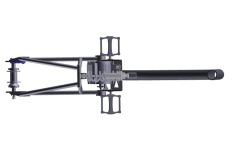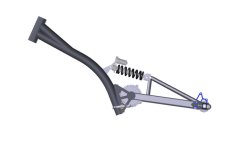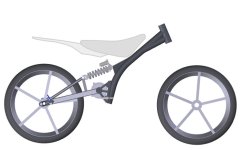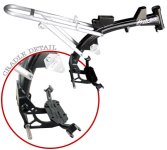Hi everybody!
After a long and painful hesitation finally started to design a lightweight electric motorcycle based on bicycle components. The main goal - to make a light (less than 40kg) and durable device for fascinating offroad travelings. Motor axis coincides with the axis of the swingarm, so I do not expect difficulties with tension / slack of the chain while riding off-road. The battery will be placed over the frame (under the seat) in aluminum housing - according to preliminary estimates in two rows I will be able to fit there no less than 200 of 18650 elements. I understand that the center of gravity is a little bit high – but on the other hand, there are successful projects with even higher center of gravity (Kuberg Freerider). The controller, for better cooling, will be placed under the seat.
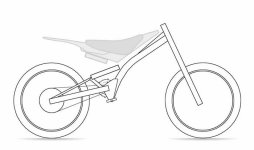
To date, a frame 3D model is ready, and I’m choosing a contractor who will make individual frame components.
After a long and painful hesitation finally started to design a lightweight electric motorcycle based on bicycle components. The main goal - to make a light (less than 40kg) and durable device for fascinating offroad travelings. Motor axis coincides with the axis of the swingarm, so I do not expect difficulties with tension / slack of the chain while riding off-road. The battery will be placed over the frame (under the seat) in aluminum housing - according to preliminary estimates in two rows I will be able to fit there no less than 200 of 18650 elements. I understand that the center of gravity is a little bit high – but on the other hand, there are successful projects with even higher center of gravity (Kuberg Freerider). The controller, for better cooling, will be placed under the seat.

To date, a frame 3D model is ready, and I’m choosing a contractor who will make individual frame components.


